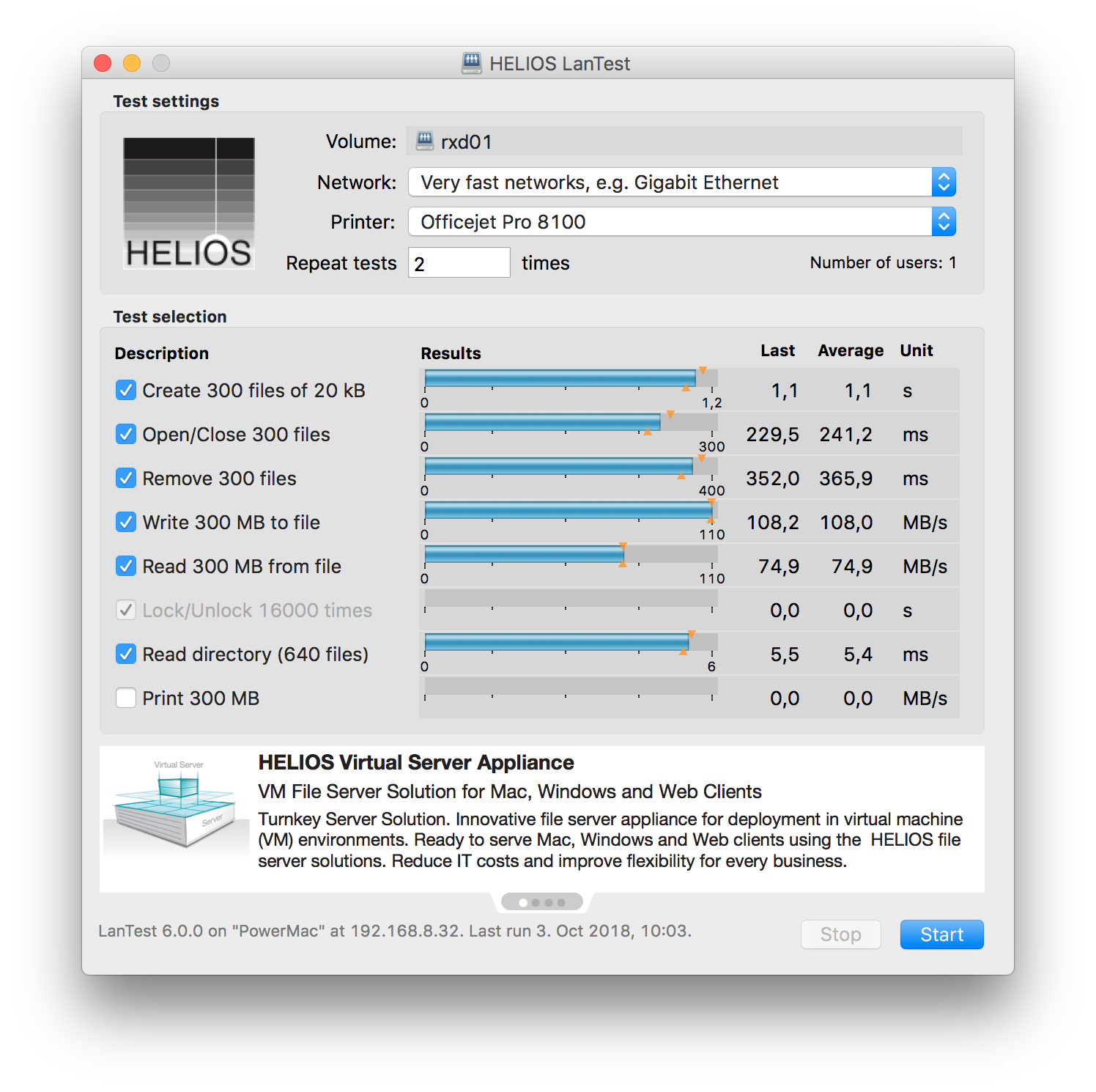Home > Articles > Apple > Operating Systems
␡- Challenges of File Sharing
Apple OS X as an NFS Server (with Linux Clients) For a customer, I had to set up a Linux-based virtualised environment on a MacBook Pro using VirtualBox. This environment included making a couple of 8TB external hard drives available under NFS to the Linux hosts. Accessing NFS servers from the Mac For many years, Network File System (NFS) has been the preferred method for sharing files among Linux and other UNIX-like computer systems. Although Mac OS X does support NFS connections from its Connect to Server window, you need to do a little trick on the Linux server for that server to accept connections. Configuring NFS. Setting up NFS share points is similar to setting up AFP and SMB share points. On your Mac OS X computer in Server Admin, click the File Sharing button in the toolbar, and then click the Volumes button, followed by the Browse button. Navigate to and select the Shared Items folder. A bit of background first In my home network I have a single (in an attempt to be eco-friendly) Intel. The NFS server runs in the background on the host Mac, publishing the list of available files and listening for requests from the client (Linux in this case, but could be anything). You can configure the number of processes you want to have running.

This chapter is from the book
This chapter is from the book
- Configure Mac OS X Server to control access to files and provide services based on user and group accounts
- Configure Mac OS X Server file services for Mac and Windows clients
- Configure Mac OS X Server to share files with Mac, Windows, and UNIX clients
- Configure Mac OS X Server to provide file services to FTP clients
- Troubleshoot file services on Mac OS X Server
- Configure Mac OS X Server to provide automatic network mounts

This chapter addresses the topic of using Mac OS X Server to share files across a network. It begins by exploring the challenges associated with file sharing and the issues to consider when setting up file sharing. The main focus of the chapter covers setting up share points with appropriate access settings, and configuring the specific sharing protocols that Mac OS X Server will use. This chapter also addresses automatic network mounts and general file-sharing troubleshooting issues to consider when enabling file services on Mac OS X Server.


This chapter is from the book
This chapter is from the book
- Configure Mac OS X Server to control access to files and provide services based on user and group accounts
- Configure Mac OS X Server file services for Mac and Windows clients
- Configure Mac OS X Server to share files with Mac, Windows, and UNIX clients
- Configure Mac OS X Server to provide file services to FTP clients
- Troubleshoot file services on Mac OS X Server
- Configure Mac OS X Server to provide automatic network mounts
This chapter addresses the topic of using Mac OS X Server to share files across a network. It begins by exploring the challenges associated with file sharing and the issues to consider when setting up file sharing. The main focus of the chapter covers setting up share points with appropriate access settings, and configuring the specific sharing protocols that Mac OS X Server will use. This chapter also addresses automatic network mounts and general file-sharing troubleshooting issues to consider when enabling file services on Mac OS X Server.
Mac OS X Server has many different ways to manage share points and permissions. This chapter takes you through using Server Preferences, Server Admin, and Workgroup Manager to set up and maintain file sharing.
Challenges of File Sharing
When setting up file services, there are a number of issues to consider. The obvious ones are what types of clients will be accessing your file server, what protocols they will be using, and what access levels they will need.
At first glance, these questions might seem relatively easy to answer, but the true requirements can get very complex. For example, a network share point might require access by Windows and Mac users, using their native protocols, where both platforms might be reading and writing to the same files at the same time. In other cases, you might need to support a complex workflow, such as in a print production environment, where the traditional UNIX permissions model is not sufficient to support the workflow. In other cases, you might have a large number of users and the challenge is managing their appropriate access over a period of time, as user and departmental needs change.
Historically, Mac OS X Server supported multiple platforms, but the experience may not have been optimal. Whereas Mac OS X Server implemented the UNIX permissions model, Windows NT servers later implemented a much different permissions model based on ACLs. In the past, accessing a server from a nonnative client, such as a Windows XP client accessing a Mac OS X v10.3 server, might have led to a confusing interpretation of the permissions available to that user, because the Windows client would have expected the more granular permissions model. Mac OS X Server v10.4 addressed this issue and others by supporting new features, such as ACLs, at both the file system and service levels.
The challenge also lies in the setup of the share points themselves. Careless layout of share points results in a more complex permissions matrix than necessary.
Related Resources
Nfs Server For Mac
- Book $55.99
Nfs Server For Mac Windows 7
- eBook (Watermarked) $55.99
Mac Os Nfs
- Web Edition $55.99

